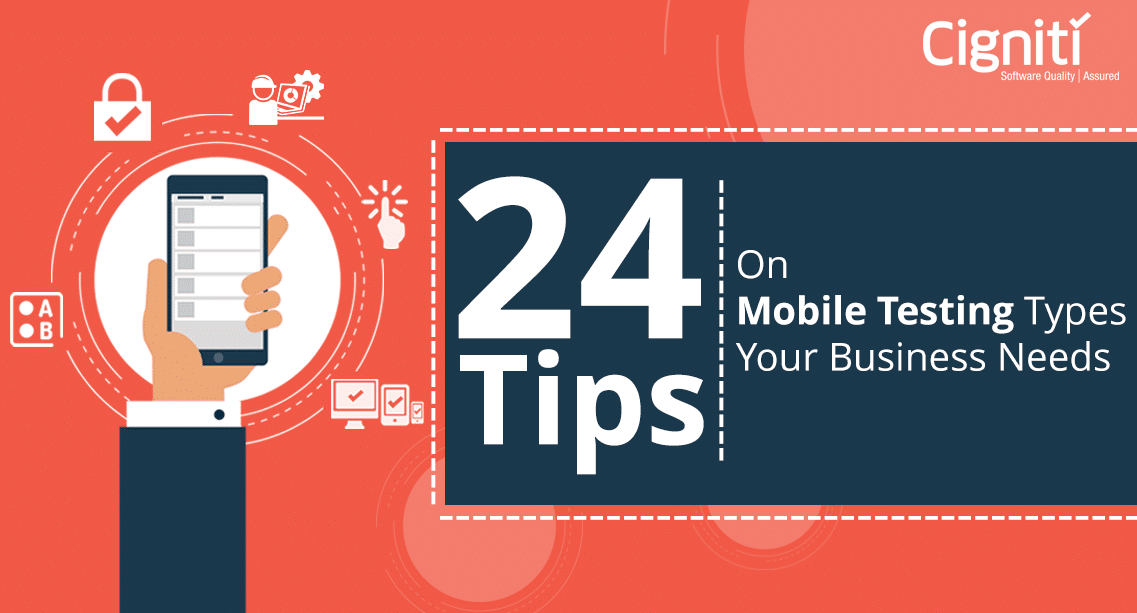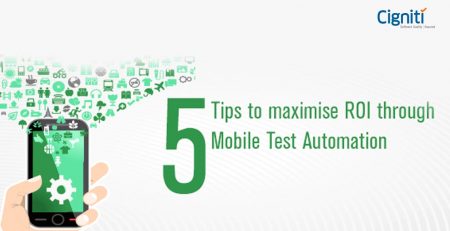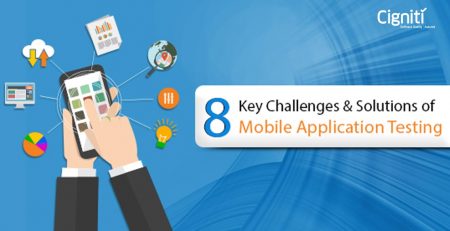Top 3 Disruptive Digital Trends in Retail You Need to Know
|
Listen on the go!
|
RETAIL has been a fast-evolving industry with emerging technologies empowering customers to shop anything, anywhere, anytime. This requires tight integration across the channels to offer seamless customer experience. Customers are much more informed than earlier to take buying decisions. Apparently, competition has been fierce, and won’t get any easier in the near future.
Social, Mobile, Analytics and Cloud are increasingly getting integrated into a unified merchandising system to offer enhanced customer engagement. The top priority now for the retailers is to adapt to shifting customer preferences while embracing emerging technologies to offer enhanced customer experience. As the retail industry continues to grow and is throwing a huge market opportunity, retailers need to be forward-thinking and leverage the emerging digital trends, shaping up the market, to be successful.
-
Mobile will continue to play a bigger role in the retail industry
[Tweet “By the end of 2016, 4.8 billion individuals globally will use a mobile phone and smartphone subscribers will represent 46% of the global population, driven by an accelerated adoption in Africa and Asia. – Forrester “]
Mobile is no longer an emerging channel for retail shopping. It’s all pervasive, has brought in definitive transformation. Smartphones are everywhere and mobile traffic is growing intensely. Hence, it’s not really a surprise when the mobile and tablet commerce is predicted to reach $142 billion in the US and €86 billion in EU-7, representing respectively 38% and 32% of online transactions by Forrester. The growing adoption of smartphones is posing an opportunity to retailers to tap the market. Customers are choosing to shop then and there which is giving rise to mobile commerce. Retailers have to be forward-thinking and align themselves with the changing shopping habits of customers.
As the mobile commerce is growing, use of mobile payment is also rising with a number of payment gateways and mobile wallets like – Paytm, Paypal, Google Wallet, Amazon Payment, eWallet, etc.
Mobile applications have emerged as the key enablers of business. Testing of mobile applications for functional and non-functional aspects have become very important to avoid any lapse and offer improved customer experience and to upkeep brand image.
-
Retailers are more inclined towards tapping the potential of Omni-channel retailing
Omni-channel retailing has become one of the key initiatives to tap the market potential. It requires tight integration of all the channels that enable shopping – Physical store, mobile, social media, web, emails, etc. to offer a unified customer experience. Customers get the guidance via their mobile devices and take buying decisions at the store. It means receiving information regarding price, promotions, discounts, etc. on customers’ phones. When customers walk into the store, they can scan a product’s QR code and read all the reviews and ratings on the retail site for the product and take informed decisions.
Retailers need to move urgently from talking about growing customer expectations for shopping options and returns toward implementing the processes and technologies required to meet customer demands. – Retail Industry Outlook 2016, Gartner
Retailers are shifting to single-view retail management systems, which is driving them to embrace cloud-based apps as they offer scalability, remote access, and real-time insights into different aspects of their business. Omni-channel retailing requires multiple systems to interact with each other efficiently. Testing becomes inevitable to ensure the smooth and seamless functioning of such systems.
-
Retailers are looking into the IoT to improve the shopping experience for customers
[Tweet “Gartner, Inc. forecasts that 6.4 billion connected things will be in use worldwide in 2016, up 30 percent from 2015, and will reach 20.8 billion by 2020. “]
With the growing number of connected devices, the Internet of Things (IoT) is heading to revolutionize the store of the future, with its sensor-oriented devices empowering the most detailed and targeted customer centricity. Retailers embracing IoT will have an opportunity to develop an immensely improved ecosystem that connects the physical and digital world, enabling real-time interaction with customers both inside and outside the store. The increasingly omnipresent smartphones will act as hubs for these interactions.
Utilizing IoT, digital signage, sensors and location-based beacons will be combined with innovations such as mirrors that show how customers look wearing their choice of clothes or accessories virtually, and smart packaging that monitors how fresh or old the goods that the consumers buy and alerts them when the goods are reaching the end of their shelf life, and smart price tags that enable some customers to pay less due to the change in prices in real time, etc.
With the growing adoption of connected devices, enormous data is exchanged among the devices. Retailers can collect, measure, and analyze an ever-increasing variety of data and information — structured and unstructured – to understand the shopping behaviour of customers and market trends. From planning a product to marketing it, analyzing data will help the retail companies to evaluate the customer base, and engage and interact with them. Big Data testing is needed to leverage predictive analytics and take decisions that create significant business impact. Also, the data protection – security and privacy of data – is crucial, and hence, security testing becomes important.
With 15+ years of experience in software testing, Cigniti offers advanced testing services for the retail sector. We are the proud sponsor of Retail Tech Conference (RTC) 2016. Contact us at the venue for your software testing challenges, we will help you achieve enhanced customer experience and improved business outcomes.





Leave a Reply